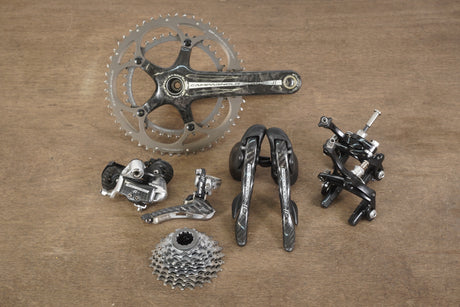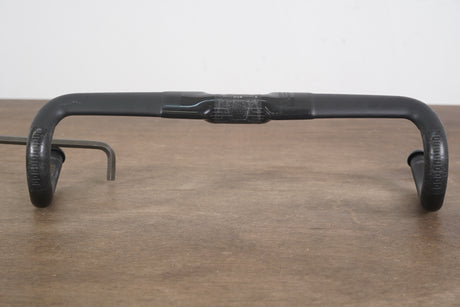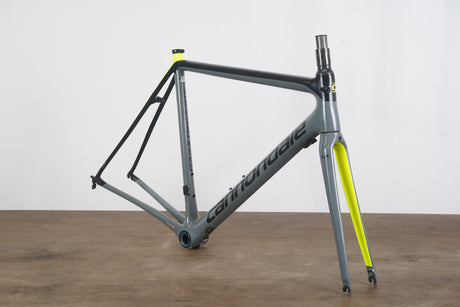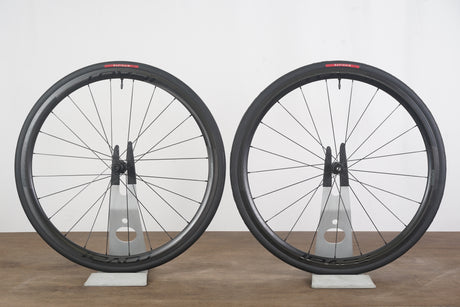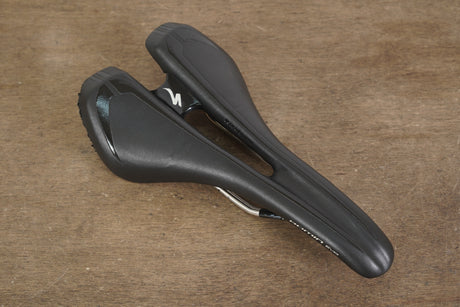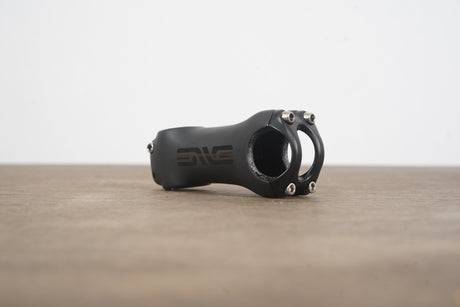If you’re searching for your next road bike, you’ve likely narrowed it down to two iconic Trek models: the Domane and the Emonda. But what is the difference between Trek Domane and Emonda? The answer comes down to riding style, comfort, and performance—and knowing the difference will help you make the right investment.
Trek Domane: Endurance and Comfort
The Trek Domane is designed for long-distance rides and endurance cyclists. Its standout feature is IsoSpeed technology, which absorbs road vibrations, keeping you comfortable on rough pavement. The Domane also has a more relaxed geometry, giving you a slightly upright riding position that reduces fatigue during hours in the saddle. It even includes clearance for wider tires, making it versatile for rougher roads or light gravel.
Trek Emonda: Lightweight and Performance
The Trek Emonda is built for speed and climbing efficiency. Known as one of the lightest bikes in Trek’s lineup, it’s engineered to help riders fly up hills and accelerate quickly. The aggressive geometry puts you in a race-focused position, perfect for competitive cyclists. Unlike the Domane, the Emonda sacrifices a bit of comfort in exchange for sharper handling and lower weight.
Key Differences
- Geometry: Domane = endurance comfort; Emonda = aggressive race fit.
- Ride Feel: Domane smooths out road chatter; Emonda maximizes stiffness for power transfer.
- Weight: Emonda is lighter and faster uphill; Domane is slightly heavier but more versatile.
- Use Case: Domane suits long-distance, rough roads, or endurance events; Emonda suits racing and climbing.
Which One Should You Choose?
If you’re aiming for comfort over long distances and want a bike that handles varied terrain, the Domane is your best option. If your goal is speed, racing, or climbing, the Emonda will give you the edge. Both deliver world-class performance, but the right choice depends on how—and where—you ride.
FAQs
1. Is the Trek Domane faster than the Emonda?
No. The Emonda is generally faster because it’s lighter and designed for racing. The Domane focuses on comfort and endurance, not outright speed.
2. Can the Domane handle gravel roads?
Yes. With wider tire clearance and IsoSpeed technology, the Domane can handle light gravel and rougher roads better than the Emonda.
3. Which bike is better for beginners?
The Domane is often recommended for beginners due to its comfort and stability, while the Emonda is best for riders focused on performance and competition.

